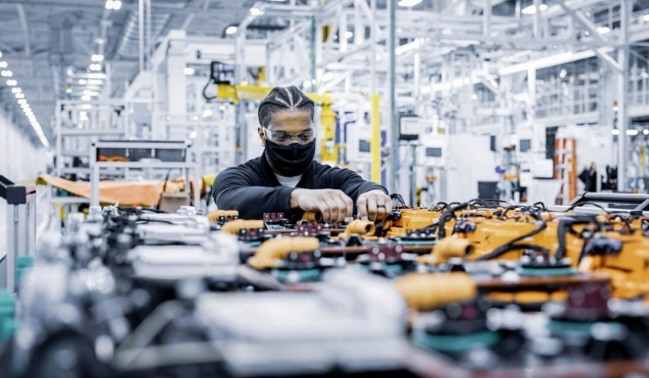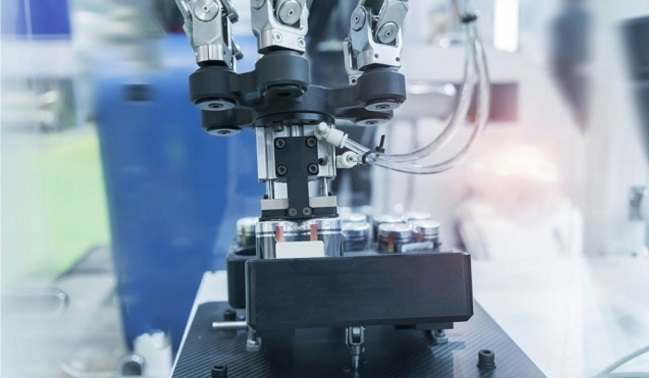Lithium batteries can be more efficient and cheaper without messing with their chemistry.
A battery manufacturing expert reveals some secrets behind industrial processes that can improve battery efficiency and offer additional benefits.

A report by Xavier Smith, Director of Energy and Industrial Research at AlphaSense, describes how to make batteries more efficient and increase their performance without needing to touch the chemistry of their cells. Under the title “How can battery producers raise performance and reduce costs?” (“How can battery manufacturers improve performance and reduce costs?”), this expert examines another way to improve battery performance, reduce costs and optimize the supply chain.
Smith’s suggested new production processes might completely transform the battery business. The application of these methods is crucial to lower production costs and significantly improve battery performance, even while research into novel materials and combinations continues to get the majority of funding.
Profitability and sustainability
Smith’s report highlights the importance of reducing scrap generated in battery manufacturing. Reducing waste not only allows manufacturers to cut costs but also helps mitigate the environmental impact of production. According to a study by Capgemini cited in this report, many Gigafactories are challenged by high waste rates, sometimes exceeding 30%. However, the French technology consultancy also reveals the surprising savings potential: a 10% reduction in waste rates could generate annual savings ranging between 200 and 300 million euros for a 30 GWh factory.

Smith also mentions observations by a former LG Energy engineer about the importance of improving the winding process, a crucial manufacturing stage involving combining layers of electrodes and separators. The engineer points out that approximately 4% of the waste comes from roller changes during the assembly of these layers. Smith’s proposal is based on reducing the impact of these changes, which would significantly contribute to reducing most waste.
Improved milling techniques optimize performance
The AlphaSense report also highlights the impact of advanced milling techniques on battery performance. According to the British magazine EnergyPortal.eu, a team of researchers from the University of Birmingham has discovered that modifying the milling process can significantly improve the performance of a battery.
The milling technique that involves grinding materials with small balls applies high pressure on battery components, causing significant changes in their properties. An increase in energy density and a longer useful life is achieved using this technique. What sets this option apart is its ability to utilize existing manufacturing equipment, contributing to reduced production costs.

Increases efficiency with Digital Manufacturing
Reducing manufacturing costs and increasing efficiency may be achieved using digital manufacturing techniques like artificial intelligence (AI) and digital twins. According to Siemens and Capgemini, cited in the research, simulations reduce the work required for gigafactories’ development processes and speed up laborious prototyping procedures.
Digital twins for cells can provide amazing outcomes. The collaborative solution from Siemens and Capgemini cuts the time to scale manufacturing in half. Additionally, using digital manufacturing procedures, businesses may cut waste rates three times quicker.
Related Post
- New electrolyzers will revolutionize the green hydrogen industry
- These Batteries, Developed From Scratch, Are Better Than Lithium Batteries
- This solar desalination plant invent by students from Malaga and also produces green hydrogen